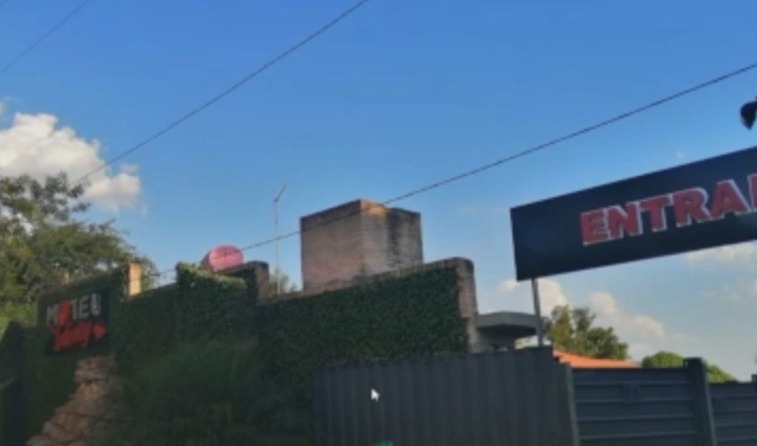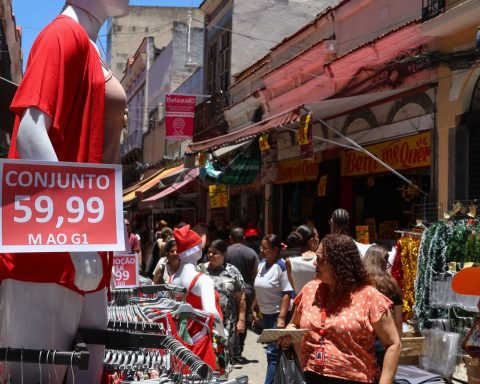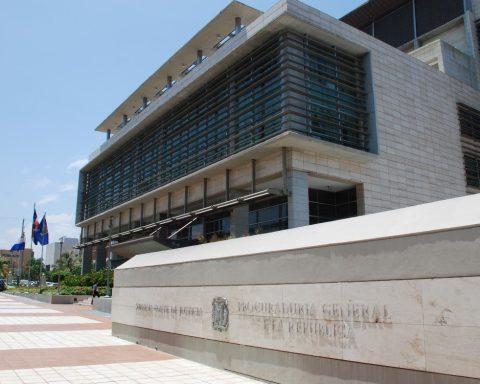Surely the sorghum “will be sanitary enabled” said Eng. Olivera, director of Agricultural Services
These weeks are essential for Uruguay if what the country wants is to expand its trade with China.
In recent days, the Minister of Foreign Relations, Francisco Bustillo traveled to that country where he held several meetings, and in May a delegation will do so in which the Minister of Livestock, Agriculture and Fisheries (MGAP), Fernando Mattos, will try to expand exports accompanied by other officials and representatives of the private sector.
Also, as part of the agenda, last week was the visit of the vice administrator of the National Administration of Food and Strategic Reserves (Nafra) of the People’s Republic of China, Jia Qian, who signed the Memorandum of Understanding (MOU) with the Uruguayan authorities ) to promote cooperation in the grain sector.
He Ing. Agr. leonardo oliverahead of the Directorate of Agricultural Services of the Ministry of Livestock, Agriculture and Fisheries (DGSA/MGAP) told the whole field that “now we are with the virtual audit of sorghum so that this crop is completely ready and available (for export)and we are doing the SPS (Sanitary and Phytosanitary Measures).
Olivera, who is the phytosanitary authority of Uruguay, pointed out that “the expectation” of Uruguay, with all the instances that are being developed, is that in China “we will have some response or refund.”
Export sorghum to China
Asked about sorghum, the chief conveyed his certainty that “it will be sanitary qualified”. He recalled that when he took office “one of the things he set himself as an objective was to be able to export sorghum to China. We started working, the protocol was approved and the audit was missing, what is done is to look at the fields, look at the transport processes, the industry and even the ports”.
“The audit is the moment in which China says ‘okay’, that is, ‘I ask you this and if you comply with it, fine, but now show me how you comply with it.’ It is something that we already have for soybeans, barley, corn, rice, but that of sorghum remains and it is to see the whole process until the port, ”he explained.
The good news is that “Uruguay is fine in terms of Chinese demands. One of the things that marked the Chinese entourage that came (headed by Jia Qian) is that we are a reliable country, that fulfills its commitments, that does things well and in terms of quality, safety and others we are one of the regional leaders ”.
But words are not enough to prove it, there is also an example, and “the clearest case of this is that we are exporting rapeseed to all of Europe, which is the most demanding market of all, and we comply, not only in production processes but also with the maximum residue limits in the use of phytosanitary products”.
When the process regarding sorghum ends, “what is going to be done is to start with a container. We come from a drought, the biggest in 60 years, which does not allow us to show very good crops, there are no volumes to harvest, that is why the audit has atypical characteristics because the crops were lost in the majority and what is there is not what there is always, but it is worse. With this reality, what is going to happen? Well, “surely some of the exporters will send a container (to China) so that they know the product and there will begin to be a flow, a demand, and hopefully a commercial plan will emerge to start producing” with that destination.
On the other hand, currently “sorghum is at a very low production point, it has never been so low. The volume of sorghum that China told us it needed is unlimited, just like corn and soybeans, they have no problem and the idea is to import as much as possiblenot so with rice and wheat that have a production that they protect ”.
So regarding sorghum: “When the commercial channel opens, it increases and begins to rise, with the plus that we are qualified for human and animal consumption that few countries achieve itFor example, Argentina only has animal consumption, so once that begins to gain traction, the producer will increase his area and the crop will begin to grow. We must open the market, the subsequent development is business”.
THE SORGE BEFORE THE DRY.
Regarding how the drought impacted the sorghum, Olivera said that “the prospect of this crop for this year is very low. It is a year in which the greatest losses in summer crops have been recorded, and a large part of the area ended up in bales or micro-chopped, and there are areas that ended up dry, it is something historical”.
Therefore, “what is going to be harvested is going to be a very smaller area, the estimates are less than 1/3 of what it was last year. Some fields are beginning to be harvested and we will have to see how it turns out in volume and quality, but it is already known that it will be difficult for producers and exports.”
YELLOW APHID.
Last year sorghum planters encountered the yellow aphid as an added challenge. Olivera said that “the dry season favors it, but this year the producer’s concern was the dry season and the aphids remained in the background.”
In any case, and thinking about the next harvest, the aphid “is a problem” that must be solved, “but there is already work from the different companies, from the seed growers, from those who work with products and inputs to be able to correct it.”













